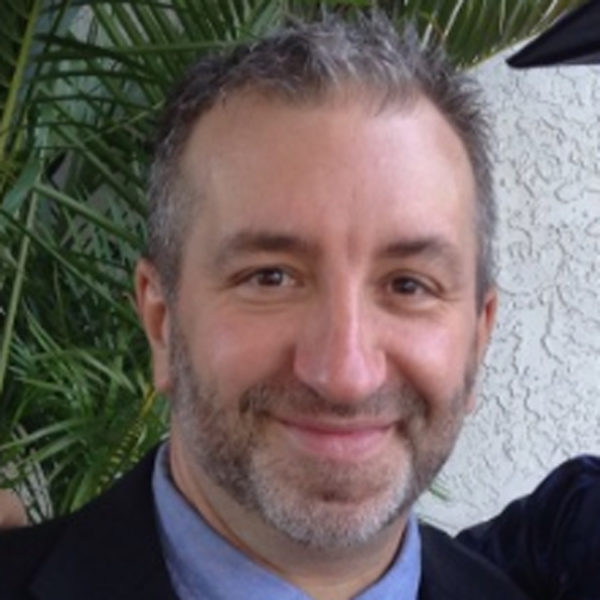Happy Friday. Welcome to the end of the week. For today’s Poynter Report, something a little different. Today, here are various random media thoughts — things that popped into my head, if you will. As always, I’m interested in your feedback, so give me a shout at tjones@poynter.org. Enjoy your weekend. See you on Monday.
- Poytner’s Rick Edmonds had the big media story of the week as sources told him that USA Today will eventually phase out its print product. This is not stunning news. About a dozen papers in the McClatchy chain have cut their Saturday print edition, and I’m expecting more McClatchy papers to do the same. The Pittsburgh Post-Gazette is down to three print days a week. Printing and delivery are among the biggest costs newspapers endure and for any paper looking to save money, cutting the print product can be an effective strategy. The buzz among industry people that I’ve talked to is that we might see a day when most newspapers print just a couple of days a week — Sundays and one other day, such as a Thursday food-centric section — to collect print advertising. And everything else would be online.
- When USA Today transitions away from print — and, look, even Edmonds says in his story that it might be a while, as in years — it might feel like the end of an era. But really, this is just a logical continuation of its move to digital — a move that has been underway for quite some time. If GateHouse’s acquisition of Gannett and USA Today doesn’t lead to massive cuts, the final push to all digital could be a good thing. This needs to be said: There is still (and still can be) lots of good journalism at USA Today. Yes, sometimes the paper gets a bad rap. It was unfairly called McPaper, and the late Washington Post editor Ben Bradlee once said, “If USA Today is a good newspaper then I’m in the wrong business. (To which, USA Today creator Al Neuharth said, “Bradlee and I finally agree on something. He’s in the wrong business.”) But USA Today’s Investigations network regularly puts out some of the best journalism in the business. Will that lead the way to ultimate financial success? That remains to be seen. USA Today, like everyone, will have to sort out the print vs. digital advertising conundrum. But the first necessary component — good journalism — is in place.
- The question continues to persist: Is anyone at NBC going to lose their jobs over the whole Ronan Farrow-Harvey Weinstein-Matt Lauer mess? NBC News’ top executives — chairman Andy Lack and president Noah Oppenheim — seem pretty defiant, so don’t expect either to step down. And it seems that NBC employees are split on the matter. Many are demanding answers about the Lauer part of the saga, while others are staunchly defending the network. On background, I’ve heard from both. The only way this gets solved is if NBC hires an outside firm to do a complete, thorough and independent investigation. As former NBC on-air talent Megyn Kelly said, “They investigated themselves. That doesn’t work.” (Note: the latest episode of Katie Couric’s “Next Question” podcast is with Farrow. That’s interesting, seeing as how Couric once worked alongside Lauer.)
- Newspapers unions are starting to spring up. The Los Angeles Times reached an agreement with the new guild there late Wednesday night. Journalists at The Miami Herald and Arizona Republic have recently started taking steps to form unions. The point seems to be that journalists are worried about layoffs and believe unions are the best way to head off such cuts. I would expect more papers to attempt to unionize, especially those in the Gannett and- GateHhouse merger worried about major cuts after their merger.
- The Democratic presidential debate on Tuesday drew about 8.3 million viewers on CNN. The last debate in September drew about 14 million on ABC News and Univision. Now, part of that might be because the September debate was on a network, which reaches more homes than a cable outlet. But could it also have been that 12 candidates on the stage were simply too many for viewers? The September debate had 10, and even that felt like too many. Anything more than six feels like too much. It’s something that needs to be addressed by both political parties planning future debates.
- Ain’t this interesting: Facebook CEO Mark Zuckerberg sat down with Fox News’ Dana Perino on Thursday for an interview that will run today on “Fox’s Daily Briefing” at 2 p.m. Eastern time. It is Zuckerberg’s first-ever interview with Fox News, and . The interview comes ahead of his scheduled testimony on Oct. 23 at a House hearing on Facebook’s Libra cryptocurrency and wallet.
- I get a lot of newspaper newsletters, especially morning newsletters. AAnd, among my favorites, is “Good Morning, Buffalo” from The Buffalo News. Not only does the newsletter link to the News’ top stories of the day, it adds important context and analysis to those stories. A lot of newspapers could take a lesson from the News on how to do a newsletter. Check it out.
Hot type
The New Yorker’s Naomi Fry with a profile of journalist and author Buzz Bissinger.
The Tampa Bay Times’ Gabrielle Calise with the mysterious death of a woman from decades ago. Did the woman die from … spontaneous combustion?!
“How ‘Almost Famous’ Foretold The Future of Music Journalism” — an entertaining and spot-on must-read from Ian Cohen in The Ringer.
Have feedback or a tip? Email Poynter senior media writer Tom Jones at tjones@poynter.org.
Upcoming Poynter training:
- Navigating Ethical Dilemmas: Connecting Core Values and Journalistic Action (online seminar). Starts Nov. 10.
- Essential Skills for Rising Newsroom Leaders (seminar). Apply by Oct. 28.
Want to get this briefing in your inbox? Sign up here.







